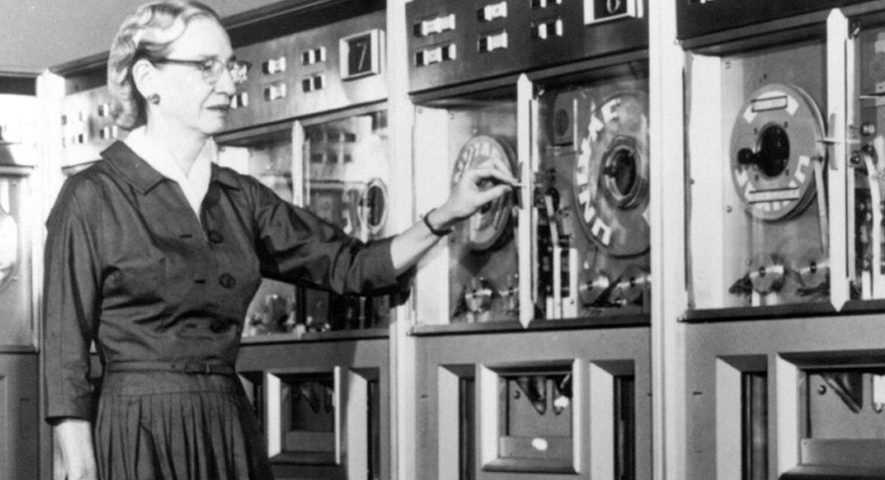More Women in AI = More Inclusive Tech
Every day and in every way, we depend on technology. It helps us access information and each other, and organize our business and personal lives. But, there are increasing concerns about technology: how it impacts privacy; how the designers of tech tools (spoiler alert: mostly white men) embed gender and other norms in what they design; and, how technology perpetuates offensive and dangerous offline behavior.
Certainly, there is differential access to the internet. Women globally have less access than men, and even in the U.S., where overall internet access rates are fairly equal, women with fewer resources were 50 percent less likely than men to be online, and 30–50 percent less likely to use the internet for economic and political empowerment.
Technology is a powerful connector. It is imperative that women and girls can use technology to fully access education and financial services, grow their businesses, and communicate with family and friends. At the same time, it is critical that technology reflects the lives of women and girls, and does not replicate offline harassment and gender-based violence.
In order to do that, we must increase the number of women — across the globe — who design technology. Women like these. Most artificial intelligence (AI), and the programs that utilize AI, are created by (white) men. Those programs and apps will be different than those created by a more diverse group. For example, a recent article documented that “smart speakers” like Alexa and Home have a hard time understanding commands by those who speak English with an accent.
Jobs designing technology must be filled by a broad range of people. Effective problem solving occurs when people with diverse voices, viewpoints and life experiences are involved. Research published by the Harvard Business Reviewsupports this approach, finding that diversity, both inherent and acquired, helps drive innovation.
Yet barriers limit the kinds of people who enter and remain in these fields; women, especially, are often left out of the talent pool. A report by the American Association of University Women found that, in the U.S., 80 percent of science, technology, engineering and math (STEM) jobs are in engineering and computer science, but women comprise only 12 percent of the engineering and 26 percent of the computing workforce.
How can we make progress? Here are three steps:
- Be purposeful in efforts to attract women: In the U.S., women earn about 20 percent of engineering degrees and 16 percent of computer science degrees. Key universities are increasing these numbers. According to a 2015 federal study, women earned over 40 percent of engineering degrees at schools like Franklin Olin, MIT, Yale, Howard, George Washington, Harvey Mudd, Brown, and Southern Methodist University. At Harvey Mudd, the percentage of women graduating with degrees in computer science increased from 12 percent to approximately 40 percent in five years. The school revised its introductory computing course and split it into two levels divided by experience, provided research opportunities for undergraduates after freshman year, and exposed young women students to the field by attending the Grace Hopper Celebration of Women in Computing conference.
- If you can see it, you can be it: Across the globe, STEM camps bring young women together to learn and to encourage interest in STEM careers. In the U.S., young women engineers have started a social media campaign #ilooklikeanengineer to change gender stereotypes about what an engineer should look like. Helping women succeed in STEM jobs is equally important. The U.S. State Department’s TechWomen program supports women from over 20 countries, and pairs them with an American mentor at companies across Silicon Valley and the San Francisco Bay Area.
- Promote STEM’s role in problem solving: When schools promote the impact that STEM jobs can have on solving problems, women are more attracted to those fields of study. Technology is more than a gadget; it’s a tool to solve pressing issues. To this end, Google Cloud’s Dr. Fei-Fei Li co-founded AI4All, an organization to cultivate diversity in the AI field through education, mentorship, and early exposure to its potential for social good.
Collectively, technology needs to help all of us. Taking these steps gets us closer to that goal.




